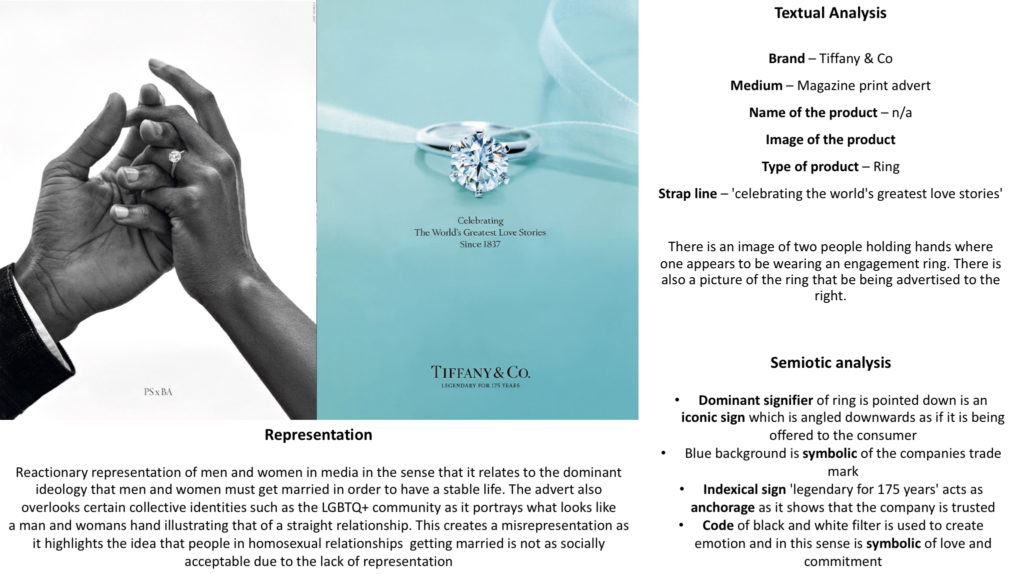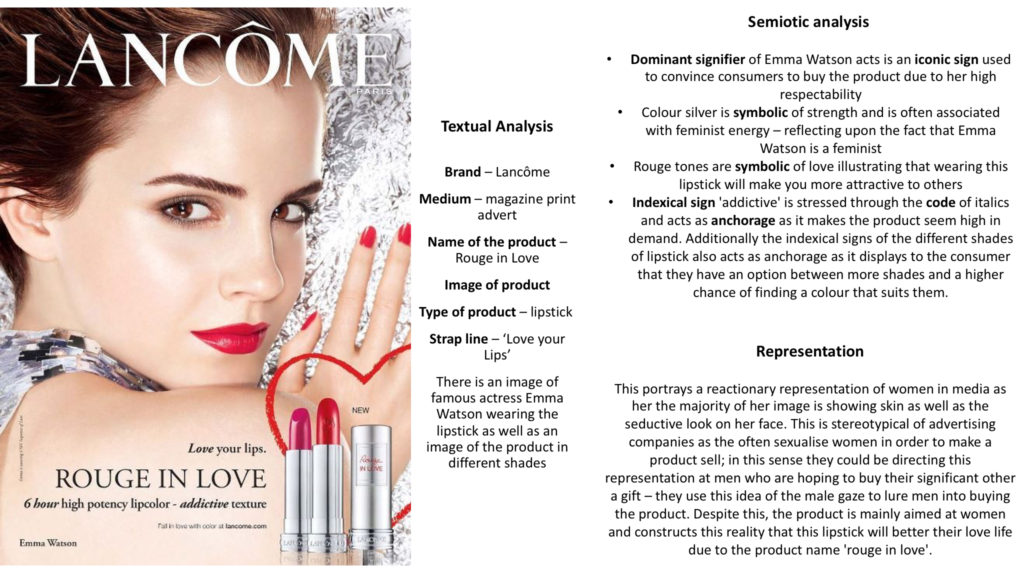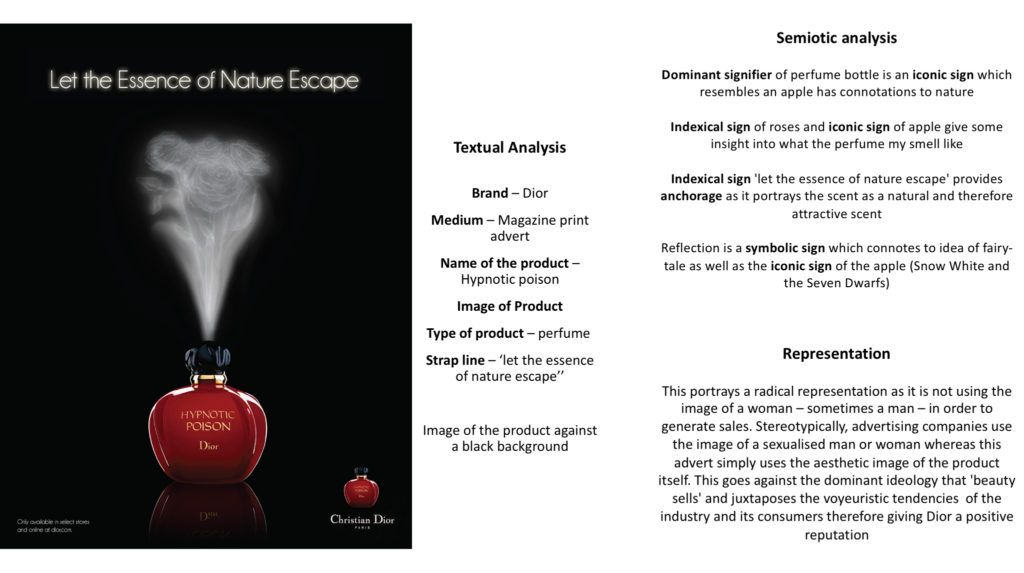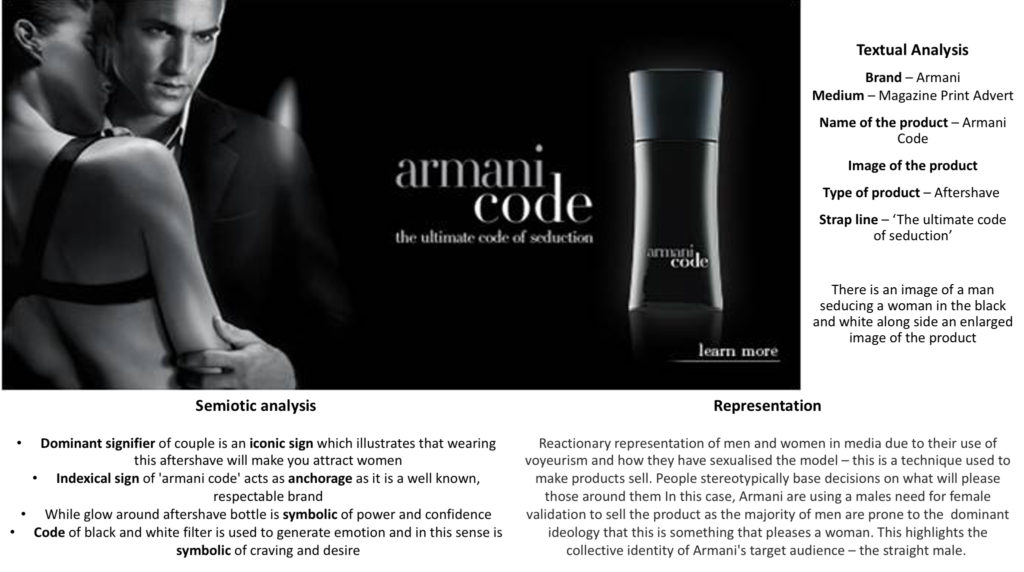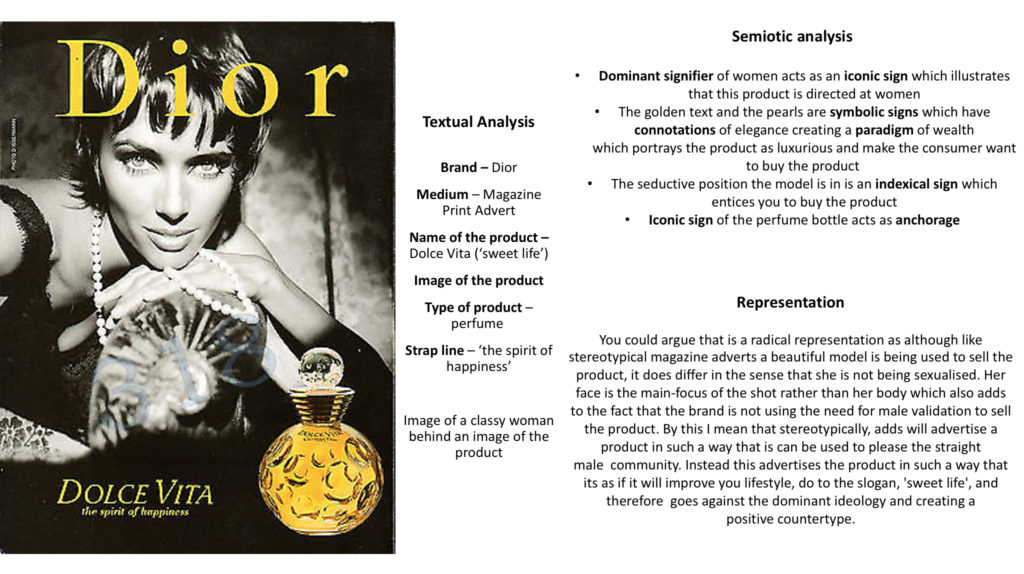










Representations for:
Coca cola- it is a radical representation because there is male and female names which shows that males aren’t more dominant. It hasn’t used selective representation and goes against hegemony (dominance of one group over another). It shows how you can construct your own identity and the idea of fluidity of identity in such that there is a broad range of names.
Maybelline lipstick- The model is viewed in the male gaze due to the position she is in. It shows negative stereotypes which isn’t possible for all women to be like and a lipstick won’t change this your real identity. It is a way of showing the way (constructed identity) shapes us as people and for men seek voyeurism whilst seeing this ad giving ideas for what to buy a girl as a present.
Loreal lipstick- it is clear that the patriarchal society still poses the dominant ideology that men are more capable than women. Good audience positioning as there is a indexical meaning for there to be more positive stereotypes of women in higher job roles creating countertypes wanting hegemony (dominance of one gender) to be scrapped.


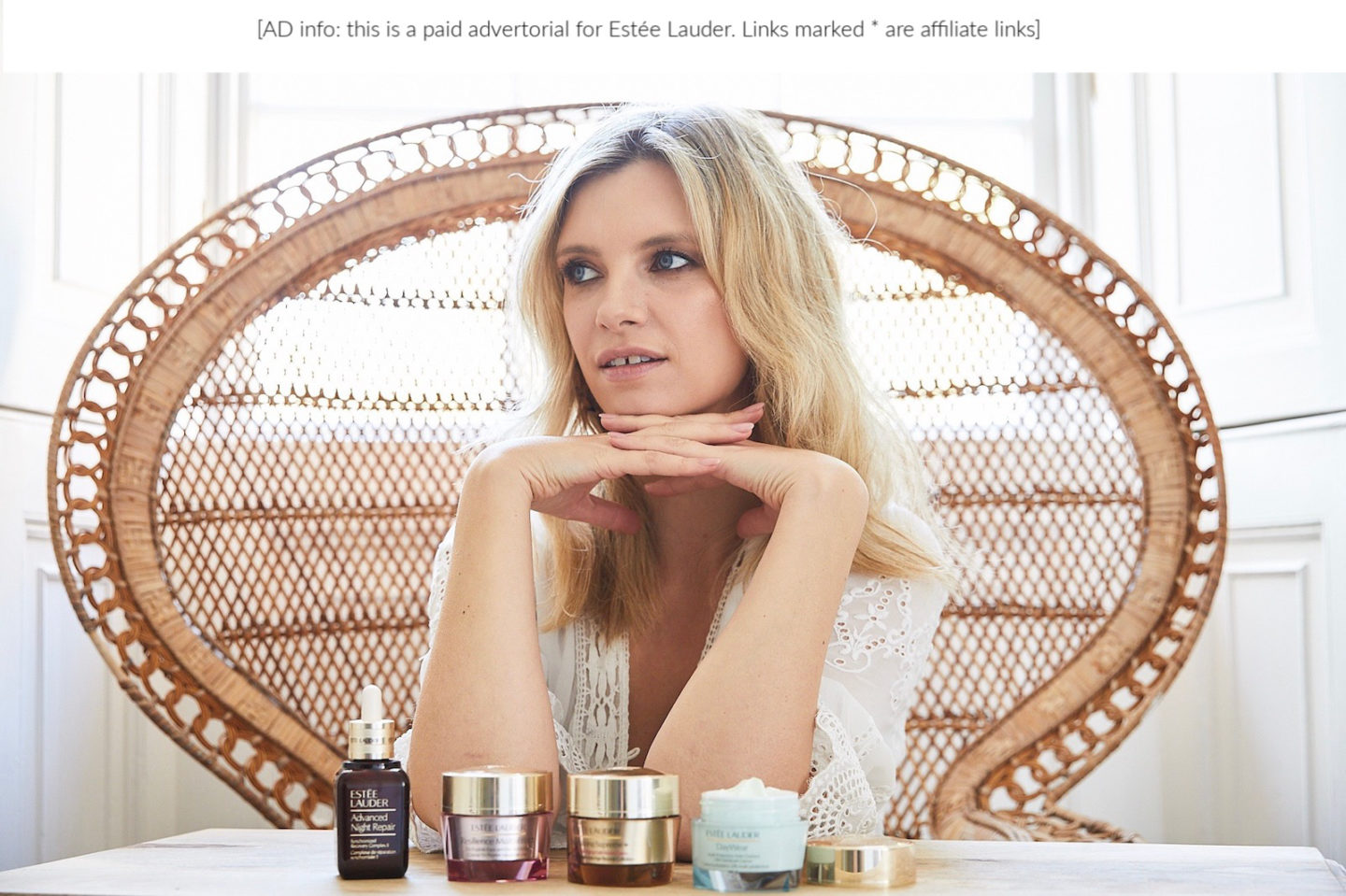
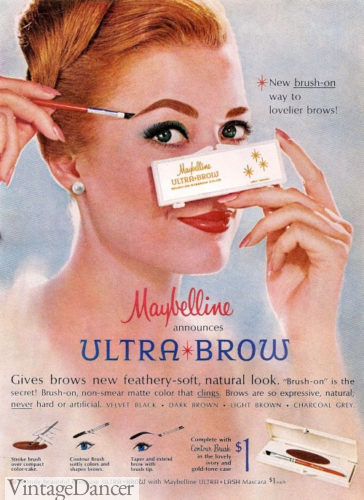
‘Black and other characters of colour became more prevalent, even if most often confined to the fighting genre’
‘Despite many video game companies being based in East Asia, most games feature white protagonists’
‘The industry traditionally projects an image that is young, white, straight and male’
‘For every forward step however, there is often a reminder of how far is left to travel’
‘women’s desire is subjected to her image as bearer of the bleeding wound’
‘pleasure in looking has been split between active/male and passive/female’
image 1-

textual analysis- brand (Gucci), image of the product, name of product, trademark logo.
semiotic analysis– dominant signifier, well known celebrities in a intimate position, iconic sign for example the perfume product itself. indexical sign is the clip in her hair which promotes the brand. Paradigm of signs that revolve around the product being promoted.
representation analysis- reactionary representation is that a male and female product is being advertised therefore a man and a women is used to advertise the product but instead of them being independent while advertising the product they are together in a close and intimate positioning with the females hand on the males, translating the culture of women being dependant on men to protect them. Stereotypical representation would be how the woman on the advert is of an idealistic beauty standard, and is a well known face in the beauty and music industry, The brand has selectively represented her to promote sales.
imagine 2-

textual analysis- name of product in large to advertise. main image of well know female celebrity displayed over the perfume product. Name of campaign. (Heat). Tag line ‘catch the fever.
semiotic analysis- dominant signifier of Beyoncé in revealing clothing and in a sexual stance. iconic sign would be the perfume itself. indexical sign and symbolic sign is the clothes she is wearing communicate the aesthetic of her product, red, and connote a ‘sexy’ feel to her product.
representation analysis- reactionary represtation is that the dominant signifier is a female showing her body in a revealing way to promote the product to not only women but to men to buy for their girlfriends or wives in order from them to view them in the sense that Beyoncé is in this advert, which is in a sexual and ‘sexy’ manner. The fact she uses her body to promote her product is reactionary. stereotypical represtation is that the colour in the commercial is red, which connotes the topic of sex and danger which is the topic they are trying to promote for their product. The tagline catch the fever’ furthermore explains that the feeling this perfume portrays is contagious. The audience are lead to believe in order to wear this perfume they must live up to Beyoncé’s represtation in this advert and be dressed according to her and the perfume will promise you to feel ‘sexy’.
image 3-

textual analysis- well known celebrities used to advertise the product. name of celebrity plus addition information on her to attract fans of hers. Name of campaign, addition information about the product and campaign. Brand name (Avon).
semiotic analysis– dominant signifier is two people looking windswept and the male looking directly and intentsly at her. iconic sign the perfumes. She is wearing the same colour as the perfumes theme colour, gold. symbolic sign would be the colour of the product the gold connotes luxury and beauty. Paradigm of signs that revolve around the product being promoted .
representation analysis– reactionary representation as the product which is for men and women is once again advertised in a sexual way. By the male looking intencily at the women incorporating the male gaze this connotes the product to be over sexualised. The males shirt being unbuttoned furthermore translates then theme of sexualisation of this product. The beauty of the woman could appeal to the male gaze, also the use of the male actor attracts his fans to also buy the product. Stereotypical representation is Megan Fox on the advert is of an idealistic beauty standard. The brand has selectively represented her to promote sales.
image 4-
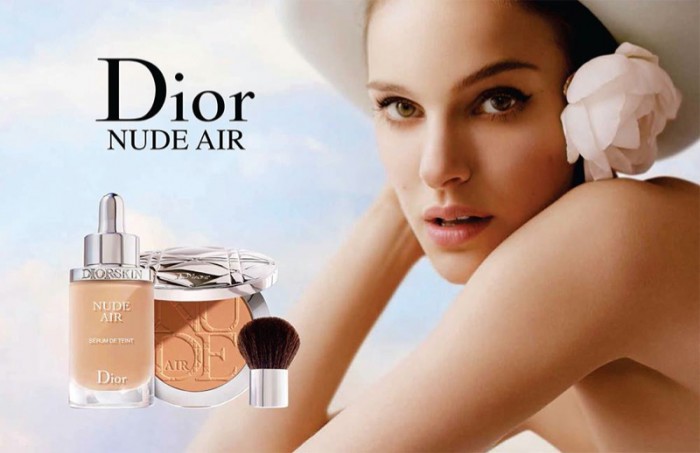
Textual analysis– Brand name, Product name, actress to be face of product, trademark brand logo. Makeup product being advertised to show what is being advertised.
semiotic analysis– the dominant signifier is a well known female actress who is behind the products. The iconic sign seems to be the makeup products which advertise the brand and logo. The indexical sign is the actress wearing the products, looking like she’s not even wearing it, which promotes the products uses which is to make it look like she is not wearing any makeup. The symbolic sign would be her flower in her hair and hat, this connotes she is outside and relates to the name of the product ‘air’.
representation analysis– this both can be incorporated as radical and reactionary, The product name ‘nude air’, relates to the fact she is naked in this advert. The sexualisation of her body is a marketing strategy to encourage both men and women to buy this product to either use themselves or buy as a gift for a female. The use of a well known actor and a idealist female model furthermore encourages young girls to look up to her. On the other hand the radical representation is that she is on her own in this advert without a male ‘watching over her’ or beside her, which is the case in most advertisements. The fact she is the main image of this advert creates somewhat of a role model to impressionable girls to look up too. The audience are positioned to accept and celebrate this representation
image 5-
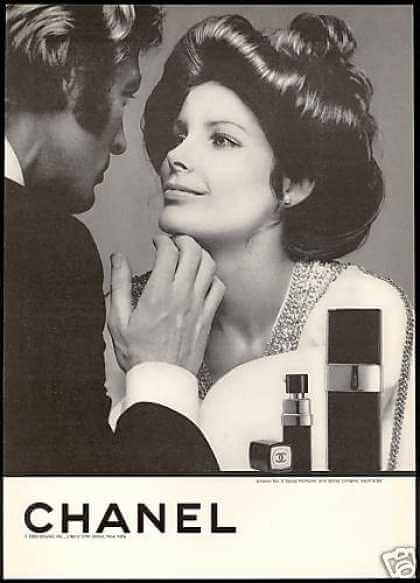
Textual analysis– Brand name, Product name, actress to be face of product, trademark brand logo. 2 dominant signifiers. Makeup product being advertised to show what is being advertised.
semiotic analysis– The dominant signifier in this advert is a male and a female, the female is shown wearing the products and the male pleased with his wife because of this. The iconic sign is lipstick which is shown advertising the Chanel logo. The indexical sign is her wearing the makeup therefore promoting it. The symbolic sign would be the male approving of the product as the culture this advert is promoting is leasing the ‘husband’ or ‘male’ in general. The end goal and reasoning for this product is to please men and for a female to be up to the standard.
representation analysis– this advert is strongly reactionary due to the fact the whole point of this product isn’t actually for the women in essence, it it used to please a male. The marketing strategy to encourage both men and women to buy this product to either use themselves or buy as a gift for a female. The use of a idealistic looking female encourages young impressionable girls to look up to her and buy the product themselves as it encourages a positive reaction from the boy they like or their husbands. The audience are led to believe that this a useful product that will quickly please and loo beautiful like its presented on the model in the advert.





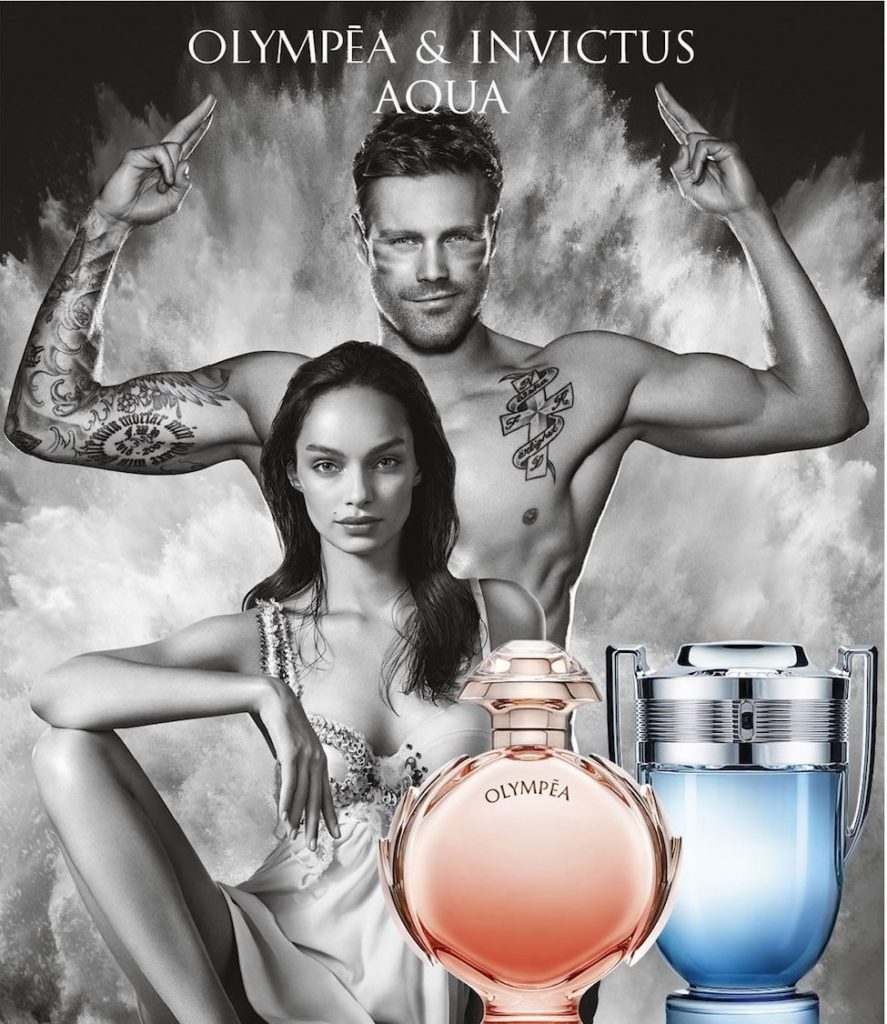
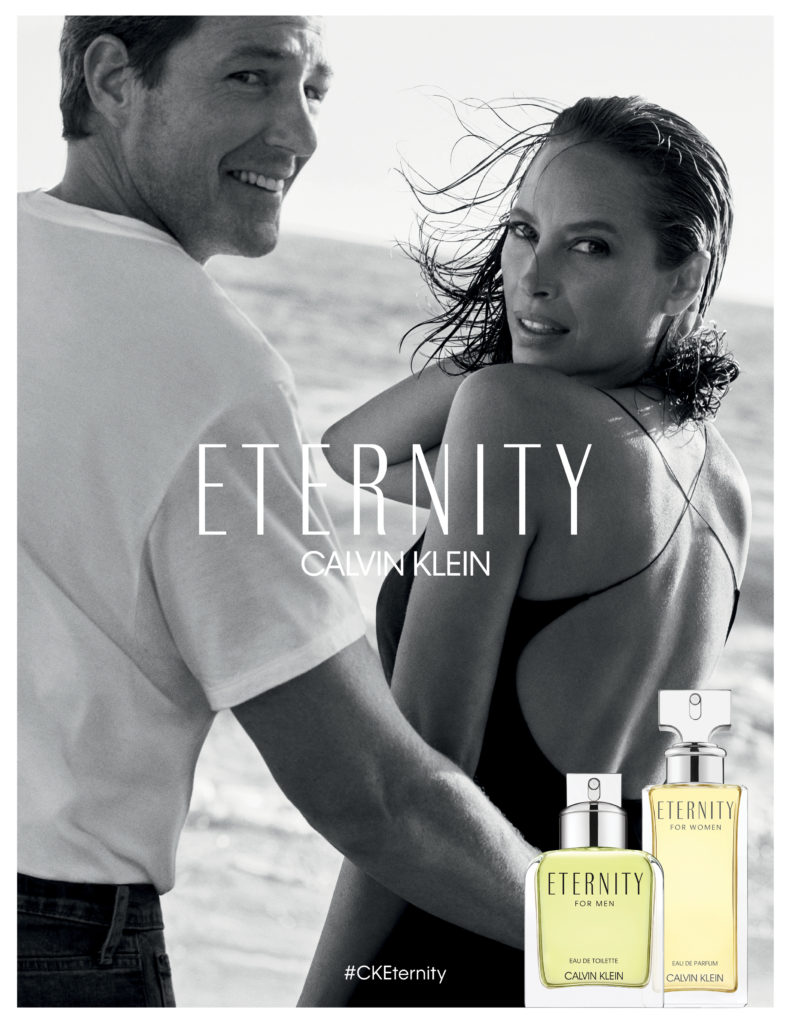

Paco Rabanne Olympea advert:
Textual analysis – Iconic sign is the perfume, dominant signifier is the two models
Semiotic analysis – The advert shows a reactionary representation around masculinity, with the dominant signifier appearing confident and happy, appealing to the idea of the “Cool Man”.
Representational analysis – The models in the advert relate to the idea of patriarchy due to the man being above the woman representing the stereotype of men being better. The advert seems to target younger men and woman that want to be confident with themselves by using this perfume.
Calvin Klein Eternity advert:
Textual analysis – iconic sign is the perfume, dominant signifies are the two models that seem to be together
Semiotic analysis – the advert shows the dominant signifies who try to represent that when the perfume is used you can attract a partner easier. The two models both seem confident and happy which represents what this perfume is presented to do.
Representational analysis – The advert is reactionary in that it follows the stereotype of men using cosmetic products in order to appear more positive and powerful than they are in reality.
Dyson Vacuum advert:
Textual analysis – iconic sign and dominant signifier is the vacuum. A slogan is seen saying “Our vacuums suck but in a good way” in a basic font.
Semiotic analysis – the advert presents the dominant signifier (vacuum) through a very basic advert which could mean to the customers that the vacuum and very easy and understandable to use. The use of the slogan could prevent customers from buying he product due to it sounding slightly sexual to some viewers.

![PDF] Gendered adverts: an analysis of female and male images in contemporary perfume ads | Semantic Scholar](https://d3i71xaburhd42.cloudfront.net/25b48ce9f0dc5c5577e7a432dfe8698e1da94022/7-Figure10-1.png)






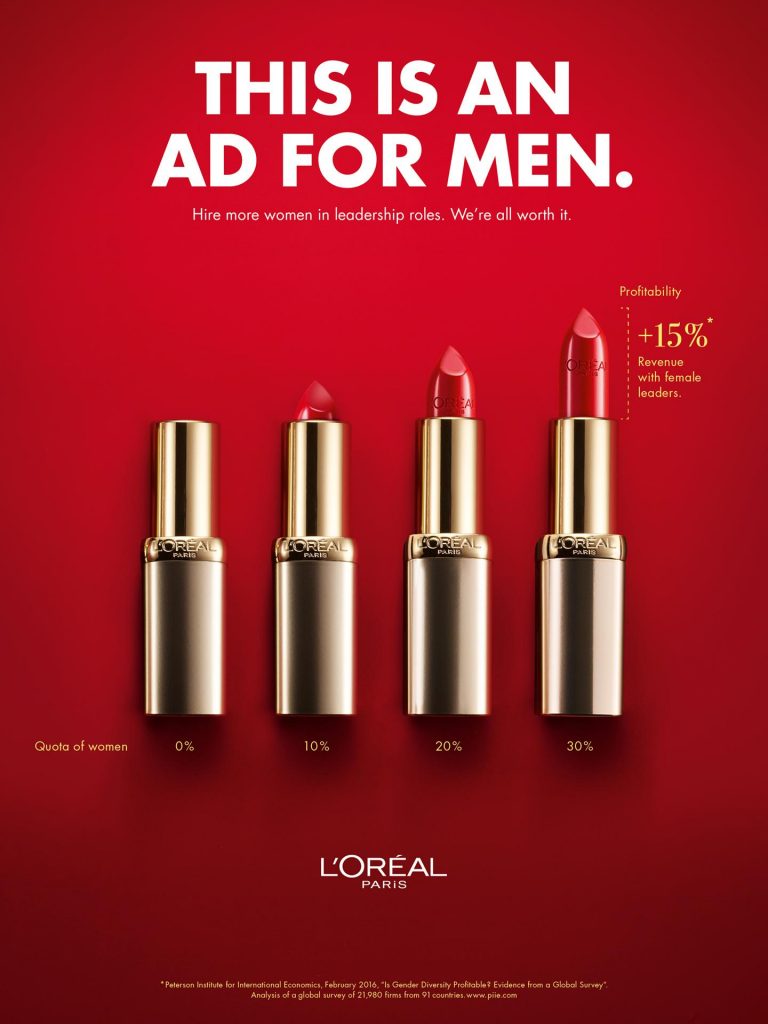
“The issue of diversity in gaming has been a hot topic in recent years. The industry traditionally projects an image that is young, white, straight and male, but there is a growing understanding that – if only for the sake of releasing more interesting products – this has to change.” — Why Diversity Matters
“This is a really important part of representation – giving people who struggle to play games the ability to join in, and to be visible on screen.” — Why Diversity Matters
“Some may be surprised to learn that the most-active gameplaying demographic is African American teenagers: A 2015 study showed that 83% of non-Hispanic Black teenagers play video games, compared to 71% of Caucasian teenagers, with 69% of Hispanic teens not too far behind. With the high percentage of teens of color playing games, representation is incredibly important but has — at least historically — been lacking.” — Levelling Up Representation
“When people dismiss representation as a political fad, as an imposition on the creative process, as a means of ticking off lists, they are almost always doing this from a position of privilege.” — Levelling Up Representation
“Worse still are the portrayals of Muslim/Arab/Middle Eastern people, who are often relegated to the role of terrorist.” — Levelling Up Representation
“The Call of Duty franchise is one of the most popular in the world, yet it treats Muslims, Arabs, and Middle Easterners as an interchangeable monolith, despite being diverse groups of people.” — Levelling Up Representation
“Native American/Indigenous representation can be found in games like the Turok franchise, Assassin’s Creed III and Prey, but stories unique to Indigenous peoples are still too few and far between in the AAA sphere (games produced by mid-sized or major publishers).” — Levelling Up Representation
“What makes representation effective is not only visibility but ensuring that characters are included without forcing them to be tied to whatever stereotypical trauma their demographic endures.” — Levelling Up Representation
